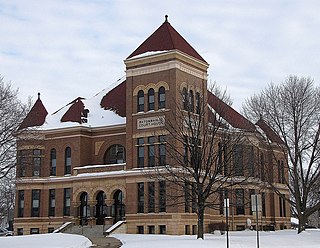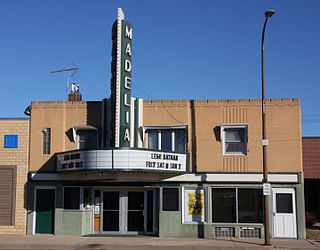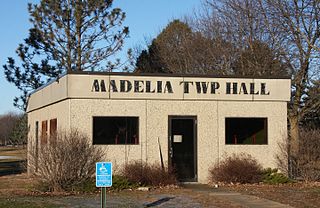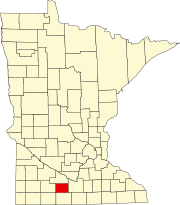
Watonwan County is a county in the U.S. state of Minnesota. As of the 2020 census, the population was 11,253. Its county seat is St. James.
Butternut Valley Township is a township in Blue Earth County, Minnesota, United States. The population was 382 as of the 2000 census.
Ceresco Township is a township in Blue Earth County, Minnesota, United States. The population was 255 as of the 2000 census.
Lincoln Township is a township in Blue Earth County, Minnesota, United States. The population was 227 as of the 2000 census.
Pleasant Mound Township is a township in Blue Earth County, Minnesota, United States. The population was 235 as of the 2000 census.
Albin Township is a township in Brown County, Minnesota, United States. The population was 329 at the 2000 census. Albin Township was organized in 1870.
Lake Hanska Township is a township in Brown County, Minnesota, United States. The population was 322 as of the 2000 census.
Linden Township is a township in Brown County, Minnesota, United States. The population was 343 as of the 2000 census.
Mulligan Township is a township in Brown County, Minnesota, United States. The population was 245 as of the 2000 census. Mulligan Township was organized in 1871.
Adrian Township is a township in Watonwan County, Minnesota. The population was 173 at the time of the 2000 census.

Darfur is a city in Watonwan County, Minnesota, United States. The population was 108 at the 2010 census.
Fieldon Township is a township in Watonwan County, Minnesota, United States. The population was 246 at the 2000 census.

La Salle is a city in Watonwan County, Minnesota, United States. The population was 79 at the 2020 census.

Madelia is a city in Watonwan County, Minnesota, United States, along the Watonwan River. The population was 2,308 at the 2010 census.

Madelia Township is a township in Watonwan County, Minnesota, United States. The population was 393 at the 2000 census.

Odin is a city in Watonwan County, Minnesota, United States, along the South Fork of the Watonwan River. The population was 123 at the 2020 census.
Riverdale Township is a township in Watonwan County, Minnesota, United States. The population was 338 at the 2000 census.
South Branch Township is a township in Watonwan County, Minnesota, United States. The population was 303 at the 2000 census.

St. James or Saint James is a city in and the county seat of Watonwan County, Minnesota, United States. The population was 4,793 at the 2020 census.

Ormsby is a city in Martin and Watonwan counties in the U.S. state of Minnesota. The population was 131 at the 2010 census.








